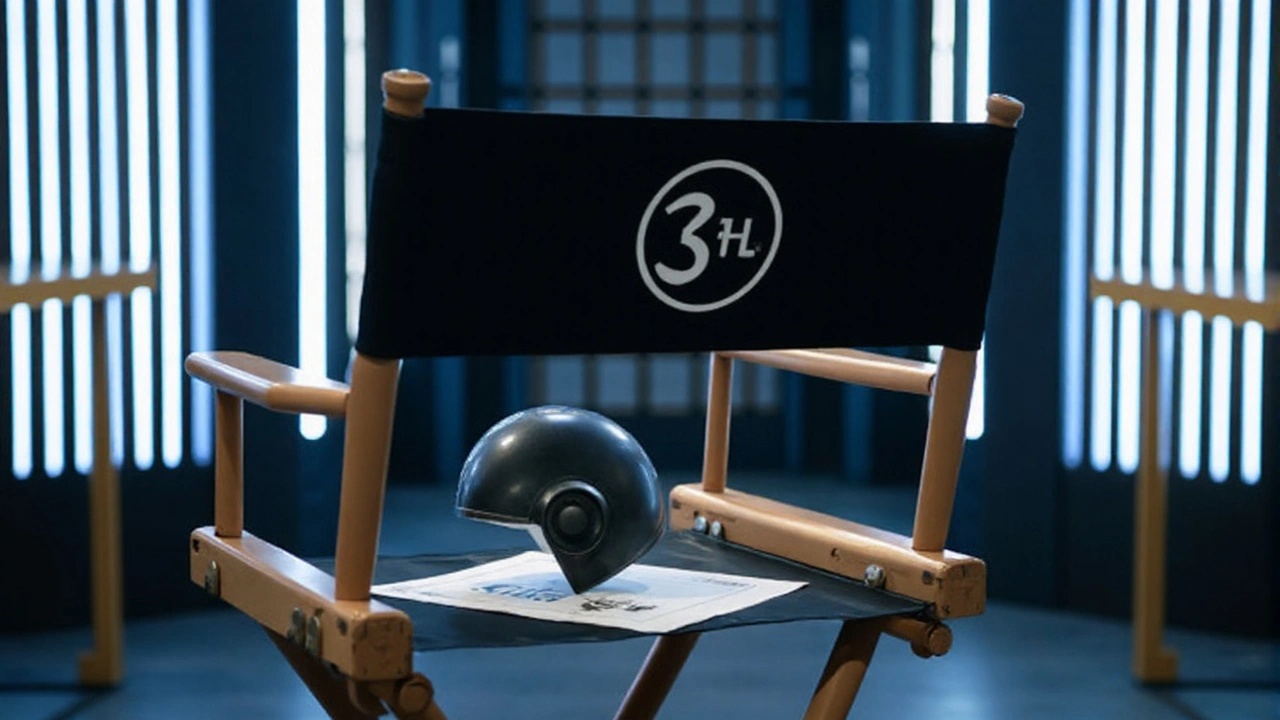Back-to-Back Filming Explained
Ever wonder why you sometimes see two movies released within weeks of each other that look like they belong together? That’s often the result of back-to-back filming. In plain terms, it means shooting two (or more) projects in one continuous production period. The crew, cast, and locations stay in place, and the camera rolls from one story to the next without a long break.
Back-to-back filming isn’t a new trick – big franchises have used it for decades. Think of the original "Lord of the Rings" trilogy, shot in a single 14‑month stretch, or the recent "Harry Potter" spin‑offs. The idea is simple: bundle work to cut costs, keep momentum, and get the product to audiences faster.
Why Productions Choose Back-to-Back Filming
First up, money. Building a set, renting gear, or flying a crew to a remote location can be pricey. When you film back‑to‑back, you pay once for those expenses and stretch them over multiple movies. That can shave millions off the budget.
Second, time. Actors’ schedules are often the hardest thing to lock down. If you need the same lead in two sequels, shooting them together means you won’t have to chase the star around for years. The story stays fresh in everyone’s mind, and the studio can capitalize on the buzz while it’s hot.
Third, creative continuity. When the same director and cinematographer work on both projects without a long gap, the look and feel stay consistent. It reduces the risk of tone shifts that sometimes happen when a sequel is made years later.
Tips to Pull Off a Successful Back-to-Back Shoot
1. Plan the whole arc early. Map out the narrative beats of both films before you even set foot on set. That way you know which locations serve both stories and can schedule them efficiently.
2. Keep the crew tight. A well‑trained, familiar crew moves faster. When everyone knows the workflow, you avoid the learning curve that comes with new hires between productions.
3. Manage fatigue. Shooting back‑to‑back can be grueling. Build in rest days, rotate key personnel, and watch for burnout. A tired crew can cause costly mistakes.
4. Stay flexible with scripts. Sometimes you’ll discover a scene works better in the later film after you’ve filmed it. Keep the scripts fluid so you can swap scenes without breaking continuity.
5. Secure post‑production resources. Editing, VFX, and sound design will run in parallel for both movies. Make sure you have enough editors and artists to handle the load, or you’ll end up with bottlenecks that erase the time savings.
Back-to-back filming isn’t for every project. It works best when the stories are linked, the budget is tight, and the talent can commit to a long stretch. If you try it with unrelated movies, you’ll likely waste time juggling different sets, costumes, and tones.In the end, the method is a powerful tool for studios that want to maximize efficiency without sacrificing quality. By planning ahead, keeping the team happy, and staying adaptable, filmmakers can deliver multiple films that feel like a single, cohesive vision – all while keeping the bottom line in check.
So next time you see two releases drop close together, remember the behind‑the‑scenes hustle that made it possible. Back-to-back filming might just be the secret sauce behind your favorite franchise’s rapid rollout.

